Everyone dreams of free, sun-powered air conditioning. As an engineer, I’m here to tell you it’s not only possible—it’s getting easier. But you have to respect the physics. This is the definitive guide to doing it right.
My name is Suhas, and as someone who designs and builds off-grid power systems, there is one question I get asked more than any other: “Can I run my air conditioner on solar?”
The answer is a resounding yes. But it is followed by a very important “but.”
Running your lights, your TV, or your laptop on solar is simple. Running an air conditioner is a different beast entirely. It’s a power-hungry appliance with a secret weapon that can bring lesser solar systems to their knees.
This is my definitive, no-nonsense guide to taming that beast. We will go beyond the basics and explore the different paths to achieving sun-powered cooling, from simple grid-tied savings to complete off-grid independence. My goal is to give you the knowledge to not just ask an installer for a system, but to understand and design the right system for your specific needs.
The Elephant in the Room: The Brutal Starting Surge
Before we talk about solutions, we must respect the problem. The biggest challenge with an AC isn’t its running wattage; it’s the inrush current, also known as Locked Rotor Amps (LRA).
When your AC’s compressor first kicks on, it demands a massive, instantaneous surge of power—often 3 to 5 times its normal running wattage—for a fraction of a second.
- A 1-ton AC might run at 1200 watts, but it can start at over 5000 watts.
This is the surge that dims the lights in a house. For a solar inverter, this surge is a knockout punch if it’s not prepared. Your entire system must be designed around surviving this single moment.
The Three Paths to Solar-Powered Cooling
There is no “one-size-fits-all” solution. The right path for you depends entirely on your goals and your budget. I see it as three distinct philosophies.
Path 1: The Day-Tripper (Grid-Tied, No Battery)
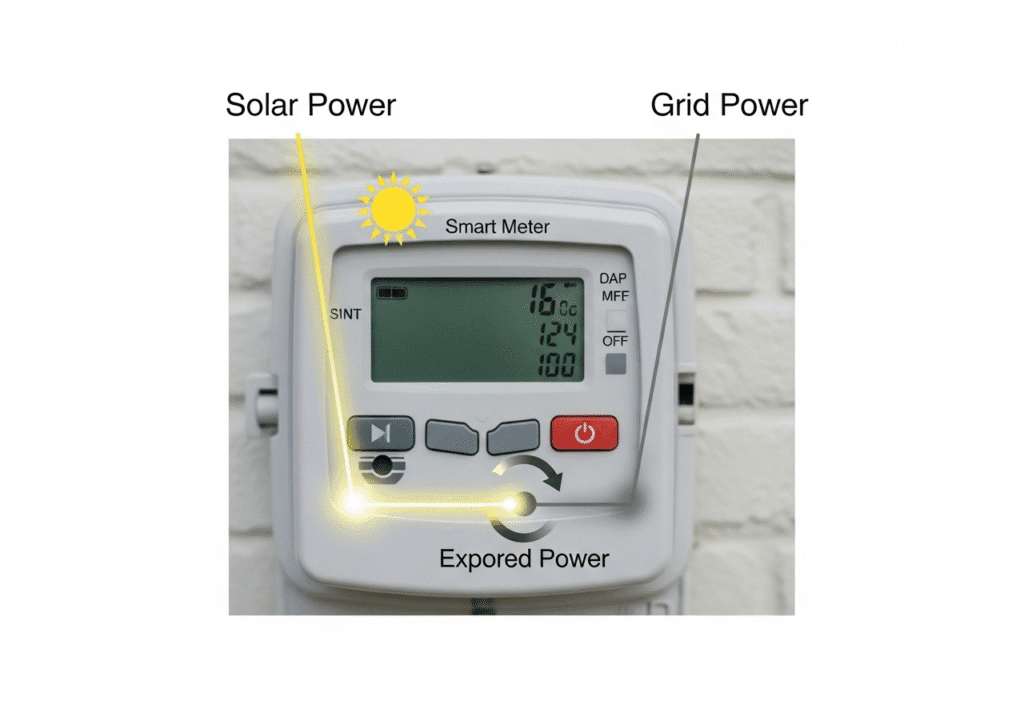
This is the simplest and most affordable way to use solar to offset your AC costs.
- How it Works: During the day, your solar panels generate power. This power is immediately converted to AC by a string inverter and sent to your home’s electrical panel. Your air conditioner draws from this solar power first, only pulling from the grid if it needs more. Any excess solar power you generate is exported to the grid, often for credit.
- The Bottom Line: You are directly using sun power to run your AC, which can dramatically lower your electricity bill, especially in the summer.
- The Crucial Limitation: This setup provides zero power during a blackout. If the grid goes down, your inverter is legally required to shut down for safety, and your solar panels become useless until the grid is restored.
Path 2: The Pragmatist (Grid-Tied with Battery – The Hybrid System)
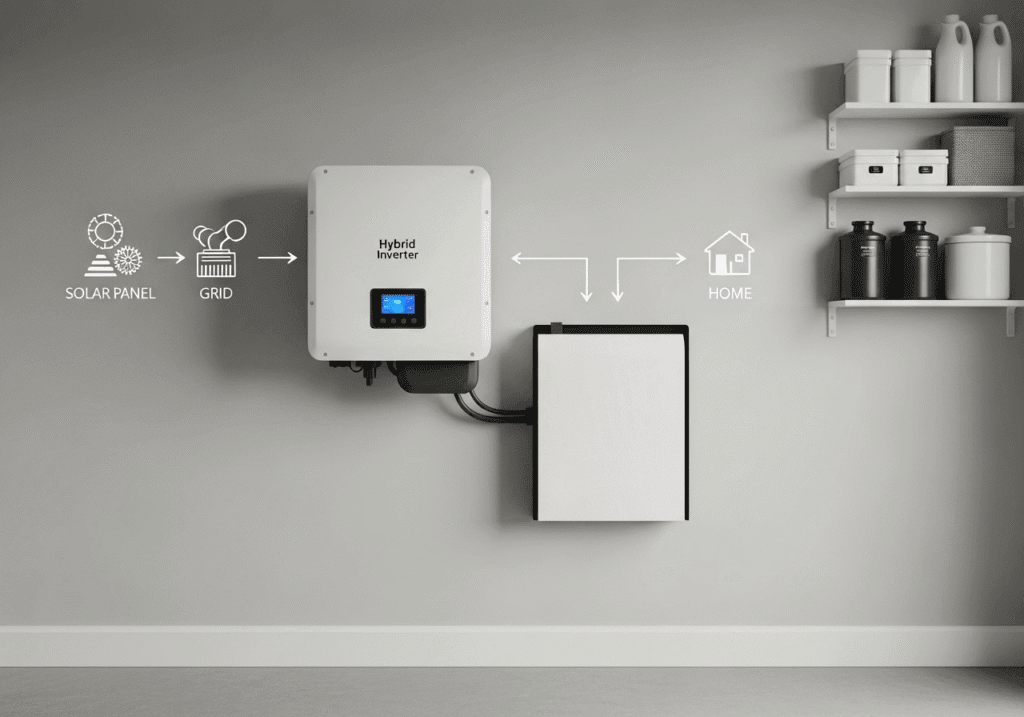
This is the new gold standard for residential solar and the setup I recommend for most homeowners. It offers the best of both worlds: savings and security.
- How it Works: This system uses a smart hybrid inverter. The inverter intelligently manages power from your solar panels, a home battery, and the grid. You can program it to follow a priority list—for example:
- Power the home directly from solar.
- Use excess solar to charge the battery.
- Once the battery is full, export excess to the grid.
- At night, run the home from the battery.
- Only pull from the grid when the battery is depleted.
- The Bottom Line: You get significant bill savings and the peace of mind that if the grid fails, your system will instantly switch over to your battery, keeping your AC and other essential circuits running seamlessly.
Path 3: The Purist (Fully Off-Grid)
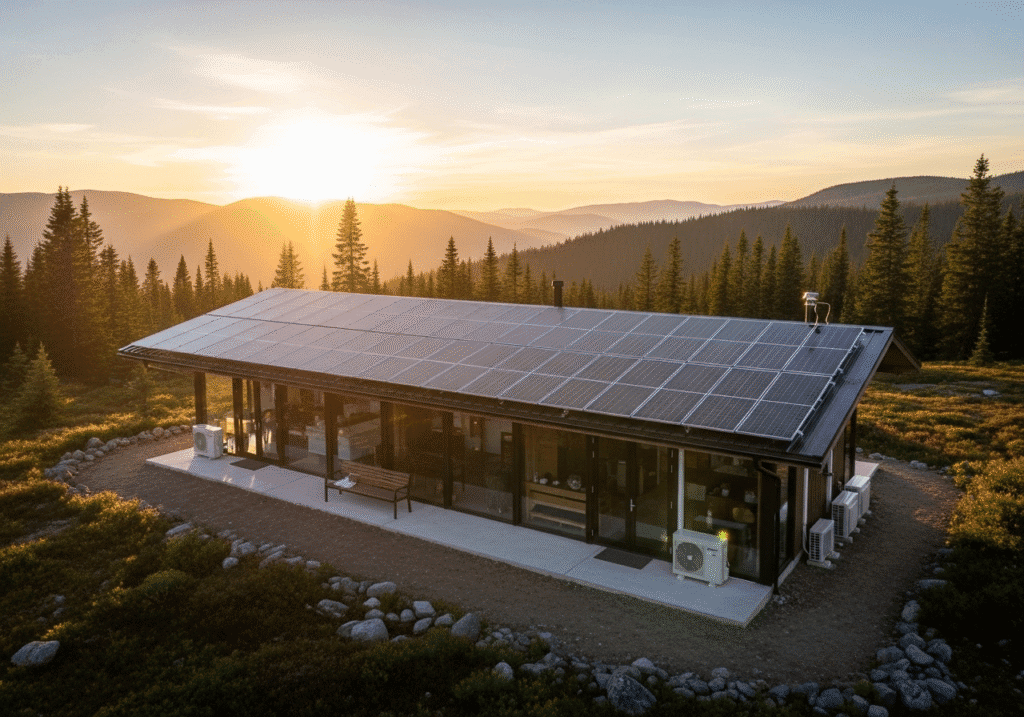
This is the ultimate expression of energy independence, but it demands the most robust and expensive system.
- How it Works: You are completely disconnected from the utility grid. Your system must be capable of generating 100% of your power needs and storing enough energy to get you through several cloudy days in a row.
- The Bottom Line: To run an air conditioner off-grid requires a massive investment in both solar panels and, most importantly, batteries. The system must be oversized to handle not just the daily load but also consecutive days of bad weather. This is a serious engineering commitment.
My Expert “Secret Weapon”: The DC Air Conditioner
Now, I want to let you in on a solution that is well-known in the off-grid community but less so to the general public: the DC Air Conditioner.
Remember how an inverter’s job is to convert DC power to AC? Every time you make that conversion, you lose some energy as heat (typically 5-15%). A standard AC unit forces you to do this.
A DC air conditioner, however, is designed to run directly on the raw DC power produced by your solar panels and stored in your batteries.
- The Result: By skipping the conversion process entirely, a DC air conditioner can be 20-40% more efficient than a standard AC unit of the same size. For an off-grid system, this is a game-changing efficiency gain that can reduce the required size of your battery bank, saving you thousands of dollars.
- My Advice: If you are planning a hybrid or fully off-grid system where running an AC is a priority, you should absolutely factor a DC mini-split into your budget.
Blueprint: How to Size Your System to Run an AC
Let’s get practical. Here’s a simplified guide to calculating the component sizes.
I have designed and built “The AC Solar Blueprint Architect.” This isn’t just a calculator; it’s a dynamic simulator that instantly shows users the real-world consequences of their choices. It makes the abstract concepts of surge wattage, battery autonomy, and solar array size tangible and easy to understand.
AC Solar Blueprint Architect
Design the perfect system for your cooling needs. Adjust the inputs and see your custom blueprint generated instantly.
Your Recommended System Blueprint
— W
— W
— kWh
— kW
(~– panels)
My Final Word: A System, Not a Product
Running an air conditioner on solar is not about buying one magic product. It’s about designing a balanced system where each component—the panels, the inverter, the batteries—is correctly sized for the job.
Whether you choose the simplicity of a grid-tied system to lower your bills or invest in the resilience of a battery-backed hybrid system, you now have the expert knowledge to ask the right questions and demand a solution that truly meets your needs. The dream of cool, sun-powered air is within your reach.

Suhas Shrikant is the founder of Vecharged and an engineering enthusiast specializing in high-power off-grid solar systems. He has designed and built over a dozen custom systems and uses his hands-on, field-tested experience to create Vecharged’s expert guides and reviews.

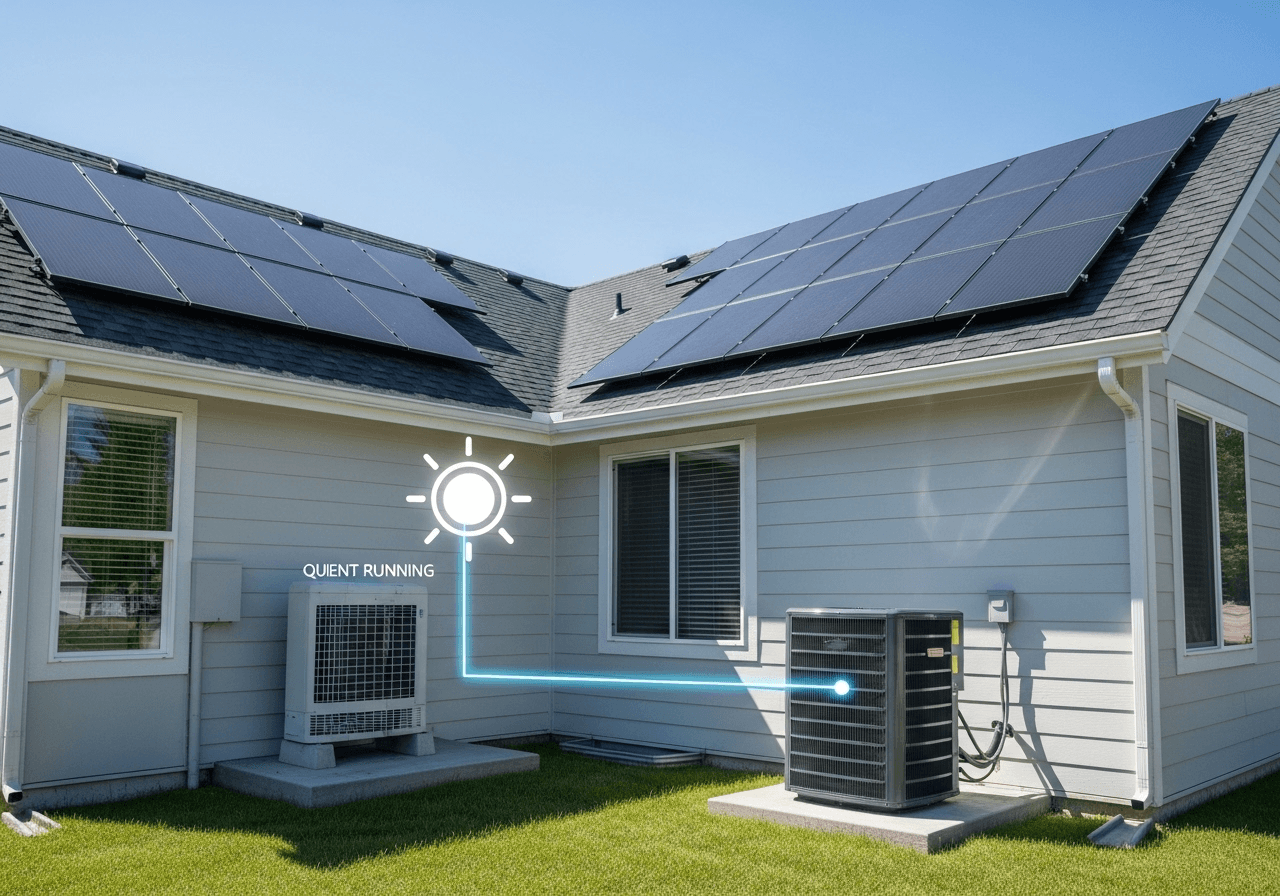
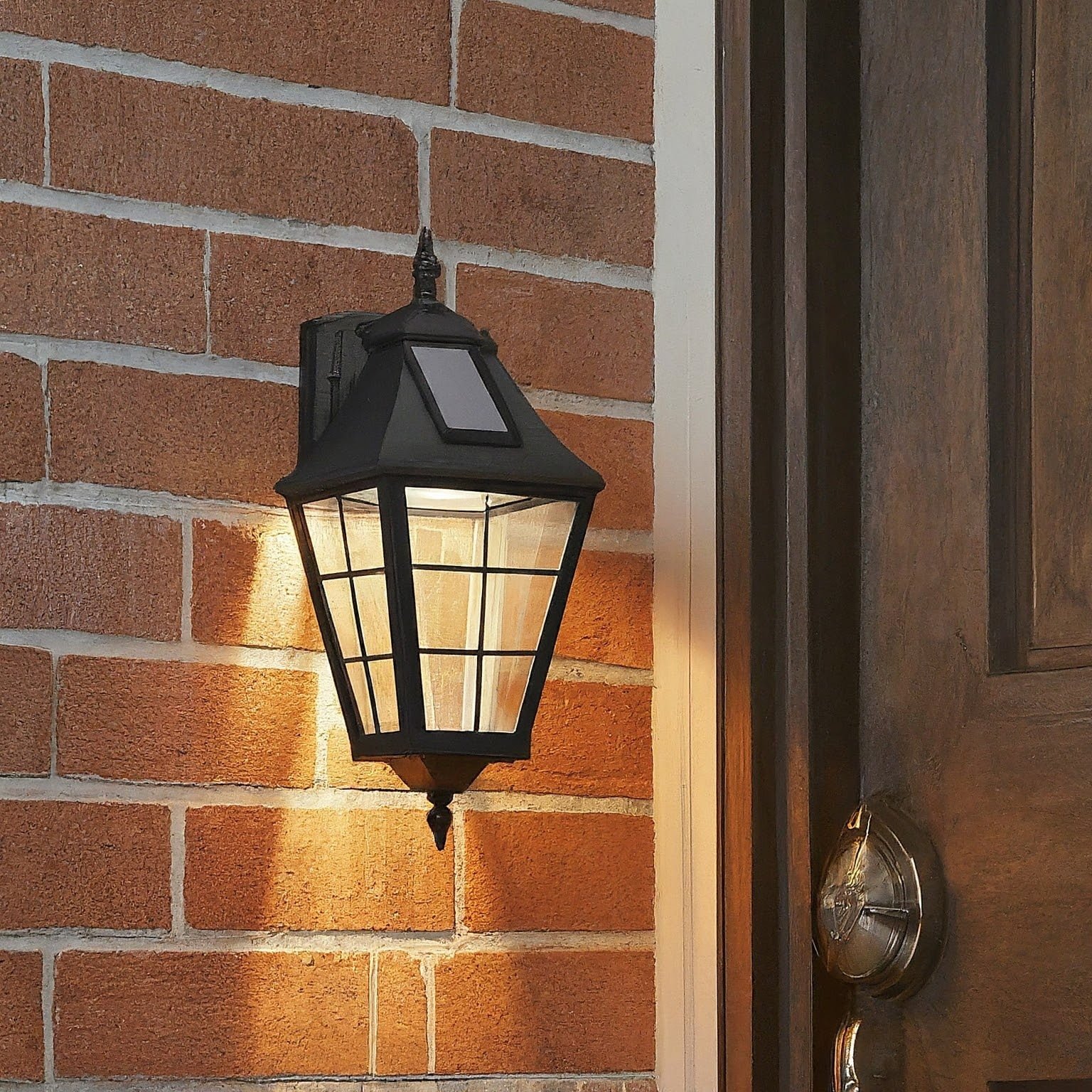





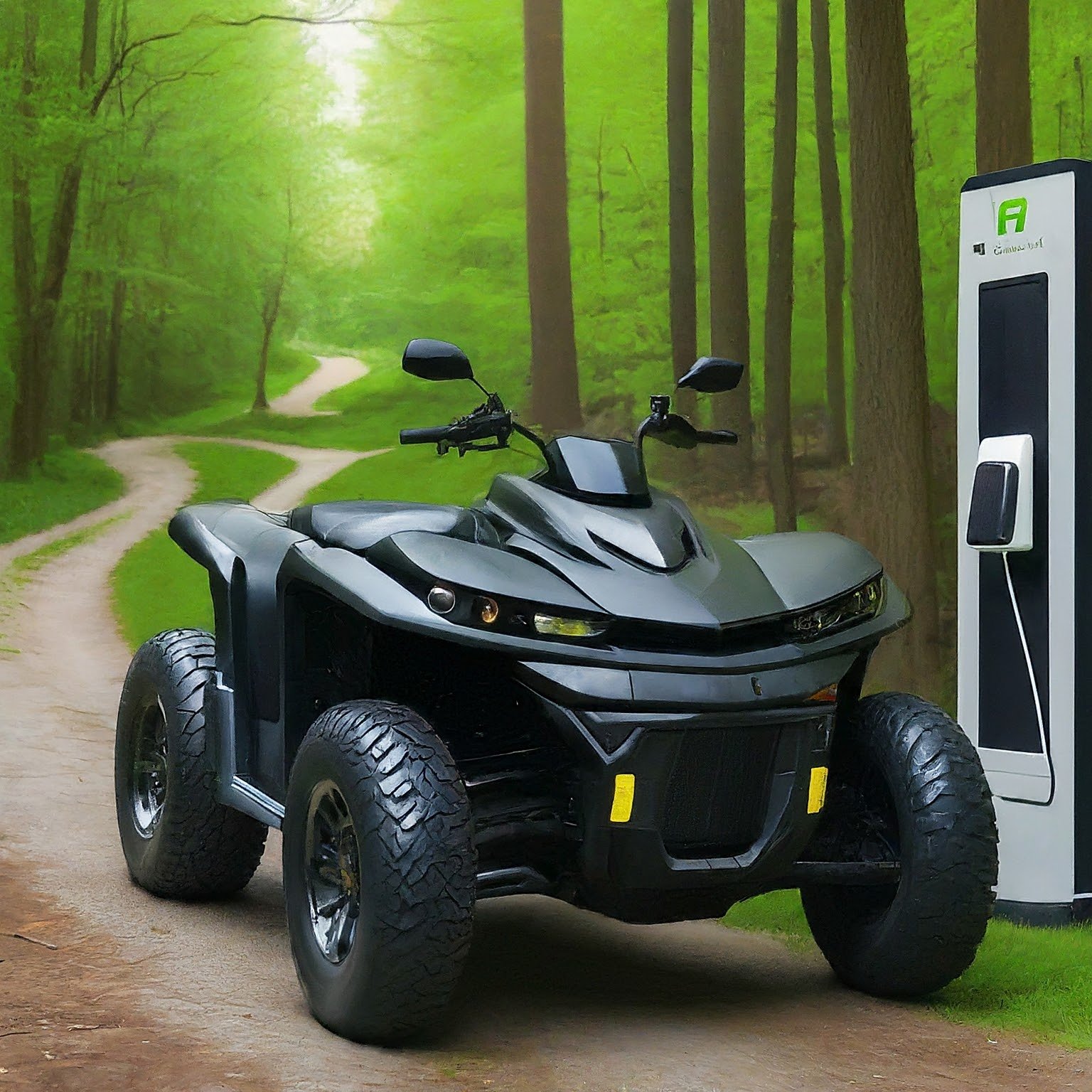
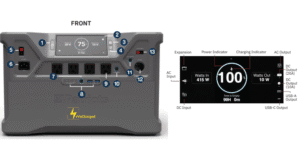

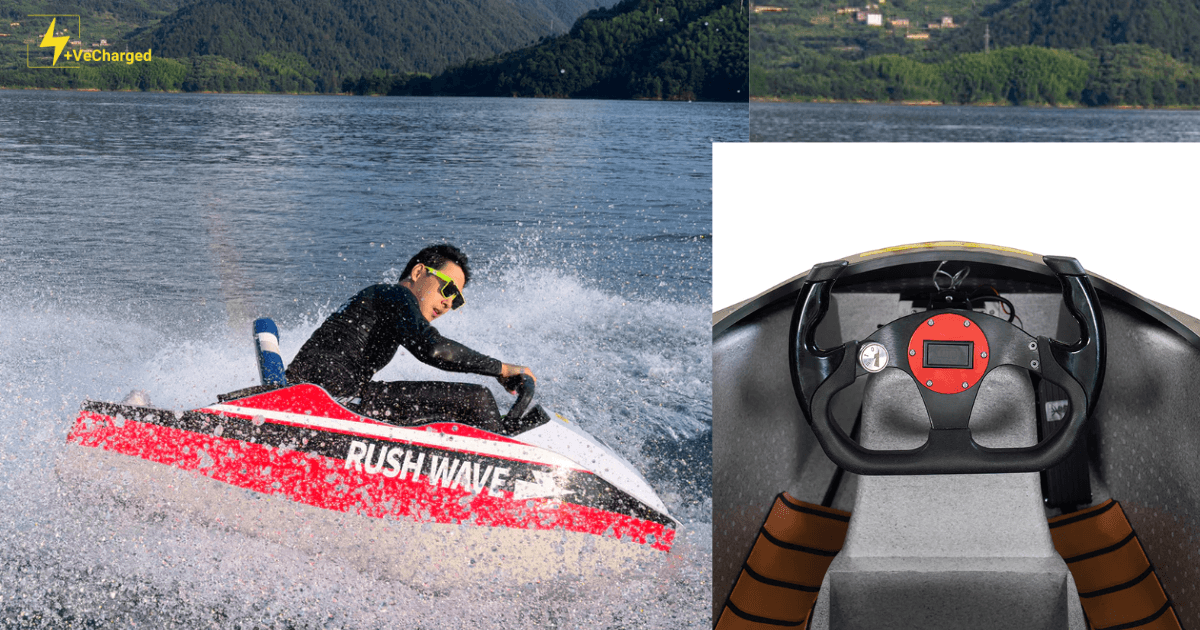

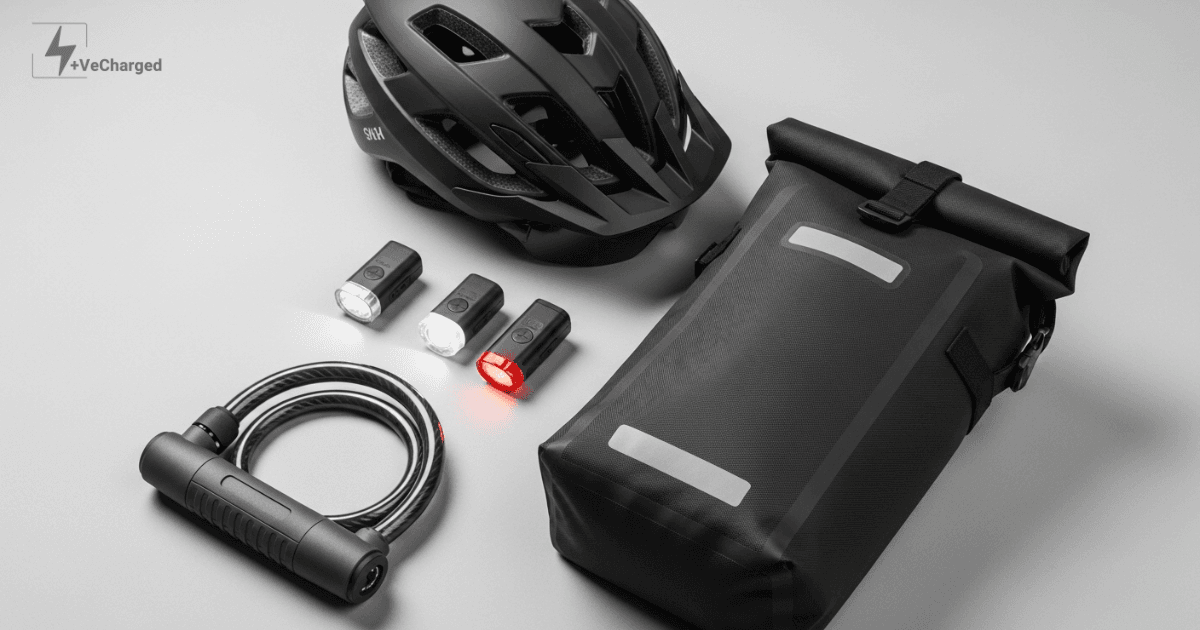

[…] This article covers step-by-step calculations, but for a deeper dive into system types and solar engineering, check out Vecharged’s comprehensive guide. […]